There can be your advertisement
300x150
Barbican Estate: Concrete Utopia in the Heart of London
One of the most brutal buildings in London!
Barbican Estate is a unique residential complex in the center of London, which has become one of the most striking examples of brutalism in 20th-century architecture. This grand project not only changed the look of Britain's capital but also became a symbol of post-war optimism and belief in progress.
History of Creation
Barbican Estate was built between 1965 and 1976 on a site that suffered heavy damage from bombing during World War II. The project was developed by architects Chamberlin, Powell and Bon, commissioned by the Corporation of London.
Photo: cundall.com
Photo: cundall.com
Architects:
Peter ChamberlinJeffrey PowellChristo Bon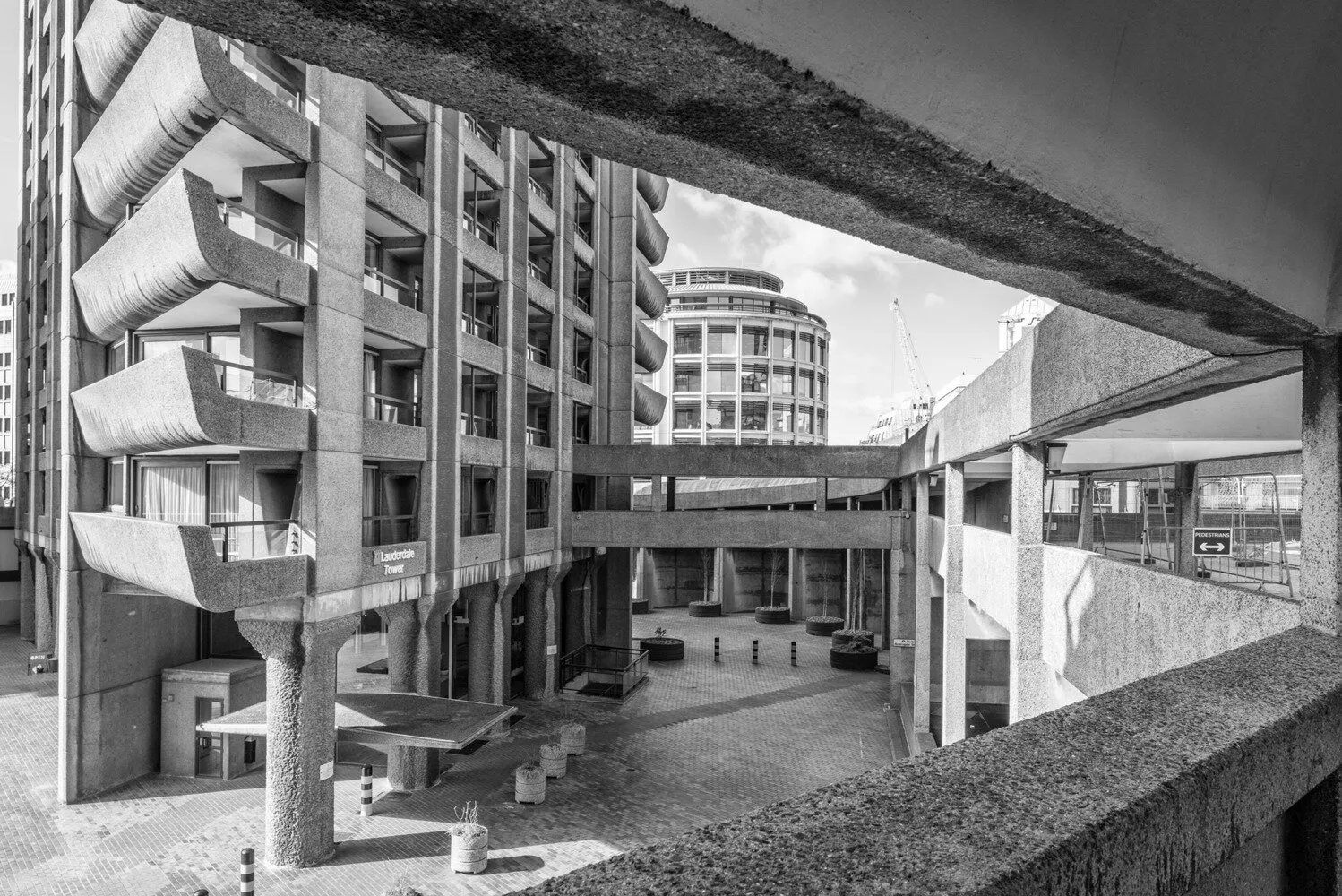 Photo: cundall.com
Photo: cundall.comStructure of the Complex
Barbican Estate occupies an area of about 35 acres (14 hectares) and includes:
1. Residential Buildings:
Three high-rise towers (42 floors each): Cromwell Tower, Shakespeare Tower and Lauderdale Tower;
13 terraced blocks of varying heights (from 7 to 8 floors);
Multiple townhouses.
2. The complex contains 2014 apartments designed for the residence of approximately 4,000 people.
3. Apartment Types:
- Studios (from 35 sq. m);
- One-bedroom apartments (from 50 sq. m);
- Two-bedroom apartments (from 70 sq. m);
- Three-bedroom apartments (from 90 sq. m);
- Four-bedroom apartments (from 110 sq. m);
- Penthouses (up to 200 sq. m).
4. Public Spaces and Facilities:
- Barbican Centre — Europe's largest arts center;
- An artificial lake covering 2 acres;
- A conservatory with tropical plants;
- A school for girls (The City of London School for Girls);
- A library;
- Three restaurants and cafés;
- Shopping areas;
- A basement car park with 2,000 spaces.
 Photo: cundall.com
Photo: cundall.com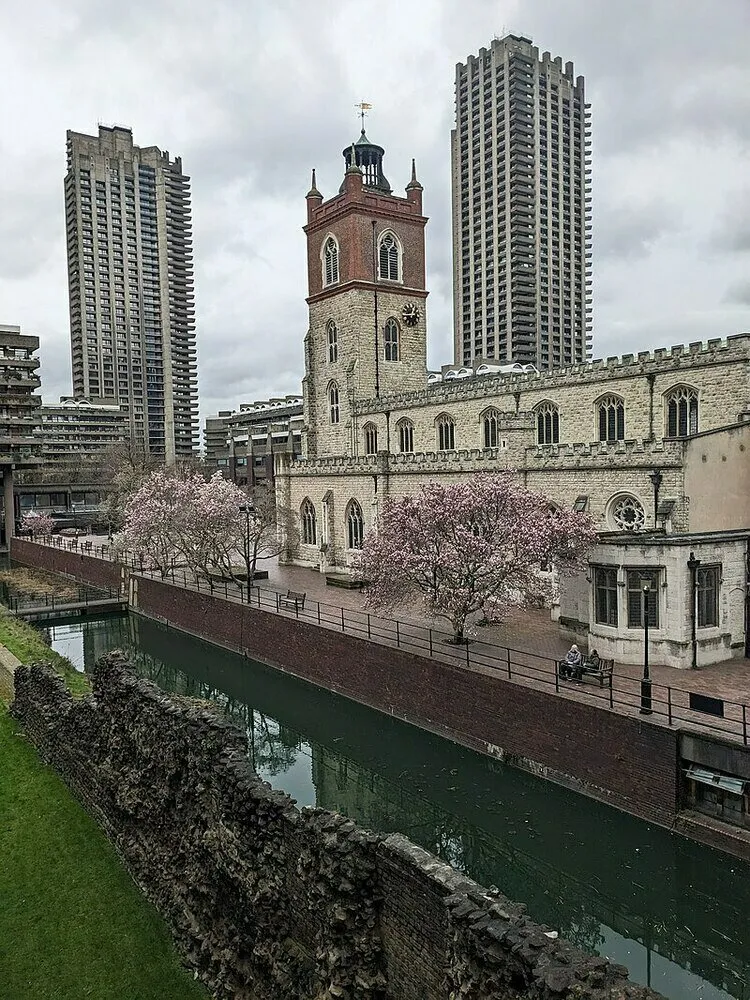 Photo: cundall.com
Photo: cundall.com Photo: cundall.com
Photo: cundall.com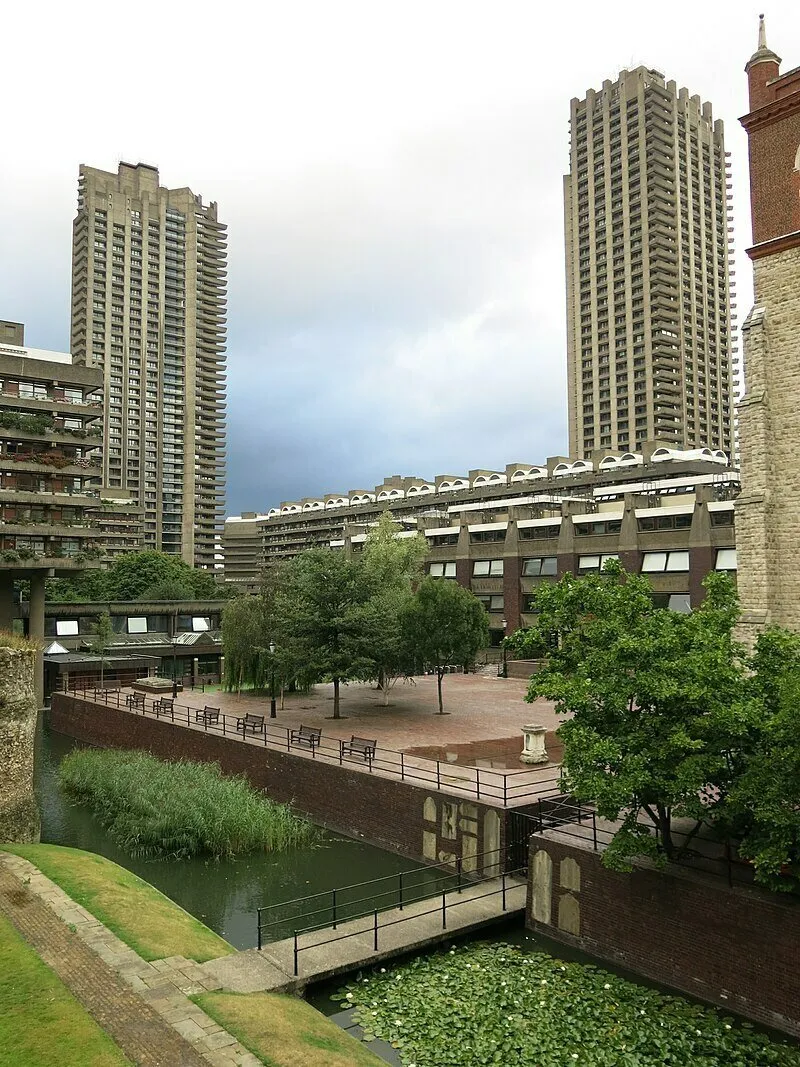 Photo: cundall.com
Photo: cundall.comUnique Features
Pedestrian Bridges and Walkways: The complex is connected by a network of pedestrian bridges, allowing residents to move between buildings without descending to street level.
Floor Heating System: All apartments are equipped with a floor heating system, which was an innovative solution for the 1960s.
Sound Insulation: Thanks to thick concrete walls and specific layouts, apartments offer excellent sound insulation.
Green Zones: Despite its brutal exterior, the complex includes numerous green zones, gardens and even a forest with more than 400 trees.
Individual Design: Many apartments feature unique layouts, which is unusual for mass housing construction.
Built-in Furniture: Many apartments were originally fitted with built-in furniture designed specifically for the Barbican Estate.
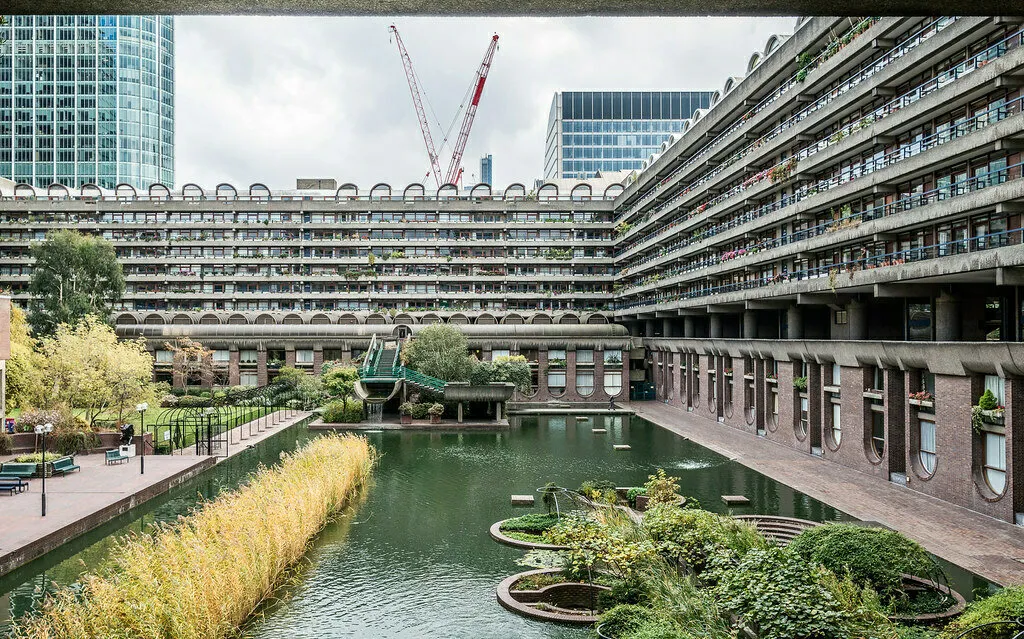 Photo: cundall.com
Photo: cundall.com Photo: cundall.com
Photo: cundall.com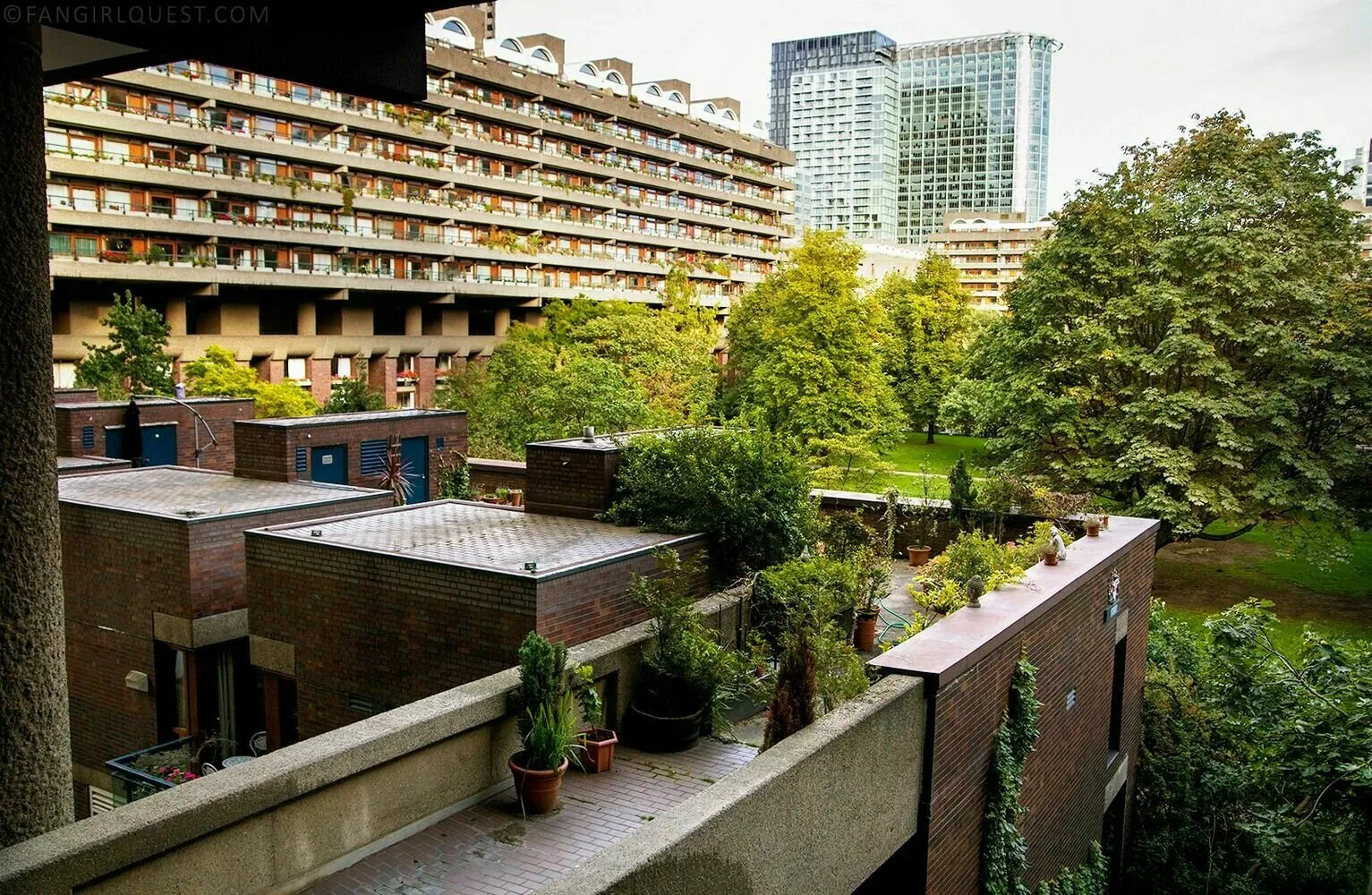 Photo: cundall.com
Photo: cundall.com Photo: cundall.com
Photo: cundall.com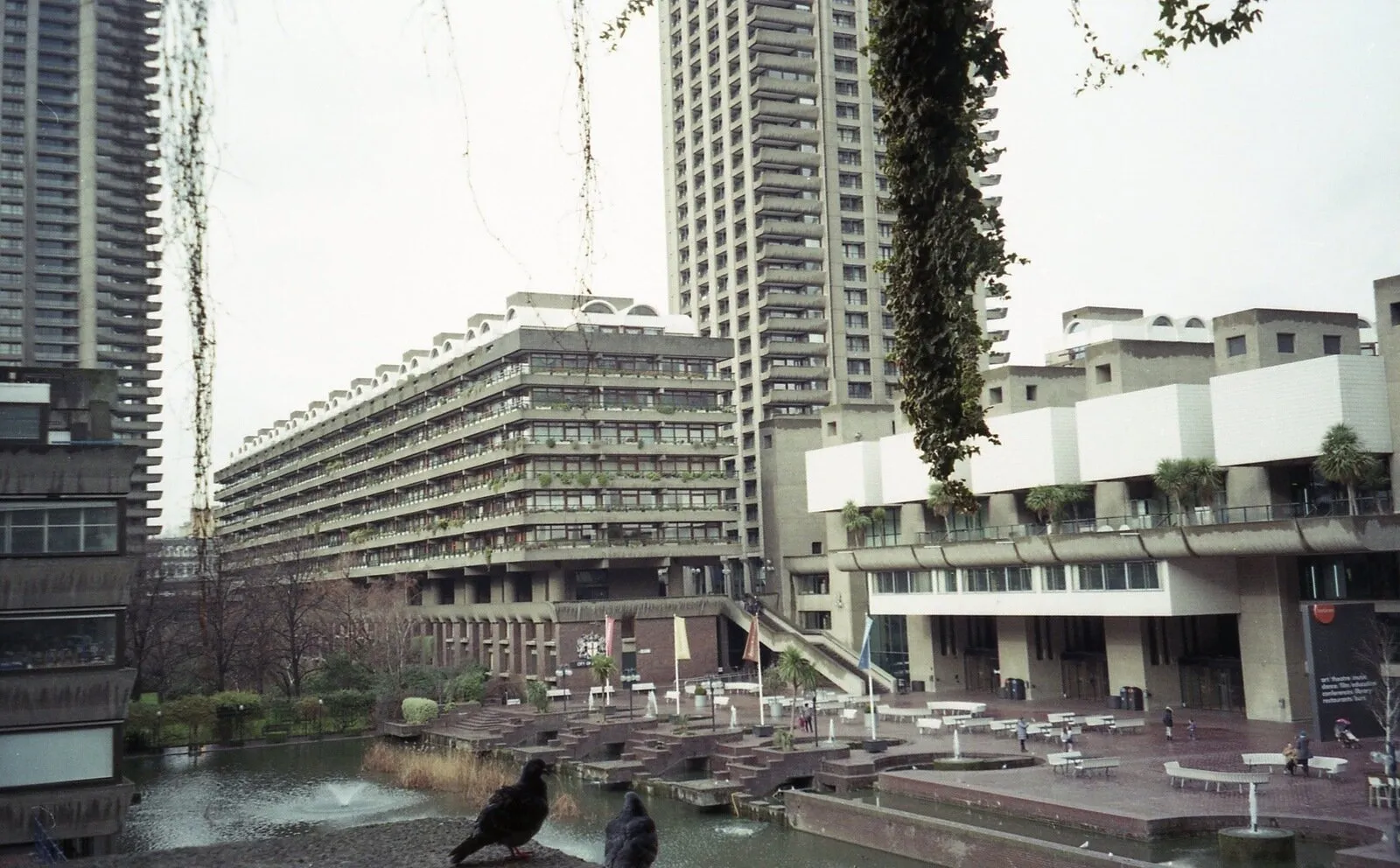 Photo: cundall.com
Photo: cundall.comDifferences from Regular Residential Complexes
Multifunctionality: Barbican Estate is not just a residential complex, but a whole city within a city, combining housing, culture, education and recreation.
Architectural Style: The distinctive brutalist style using raw concrete creates a unique visual identity.
Scale: The complex occupies a large area in central London, which is unusual for urban development.
Cultural Significance: The presence of a world-renowned arts center makes the Barbican Estate a cultural hub of international level.
- Preservation of Original Concept: Despite modernization, the complex retains its original appearance and concept, which is rare in contemporary cities.
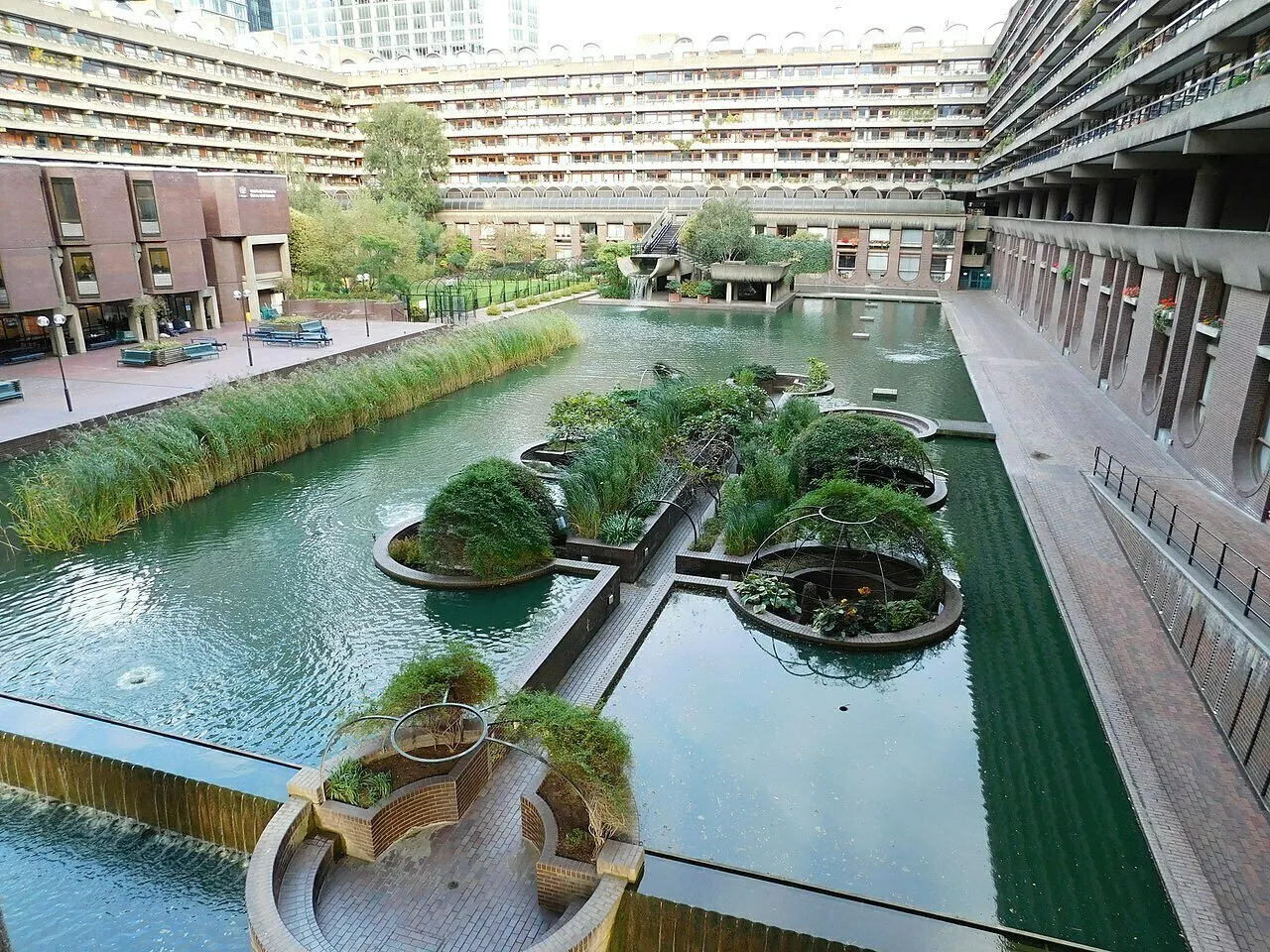 Photo: cundall.com
Photo: cundall.com Photo: cundall.com
Photo: cundall.comModern Condition
Today, the Barbican Estate remains a sought-after residential complex and popular tourist attraction. In 2001, it received the status of a Grade II architectural monument, highlighting its historical and cultural significance.
Flats in the complex are highly valued on the London real estate market. Many of them have been modernized, but with preservation of the original style. Property prices in the Barbican Estate are significantly higher than average in London, indicating its prestige and uniqueness.
The Barbican Centre continues to play an important role in the cultural life of London, annually attracting millions of visitors with its exhibitions, concerts and theatrical performances.
The Barbican Estate remains a vibrant example of ambitious post-war architecture that continues to inspire admiration and debate among architects, residents and visitors in London, demonstrating how a utopian vision of urban space can be realized and function successfully for decades.
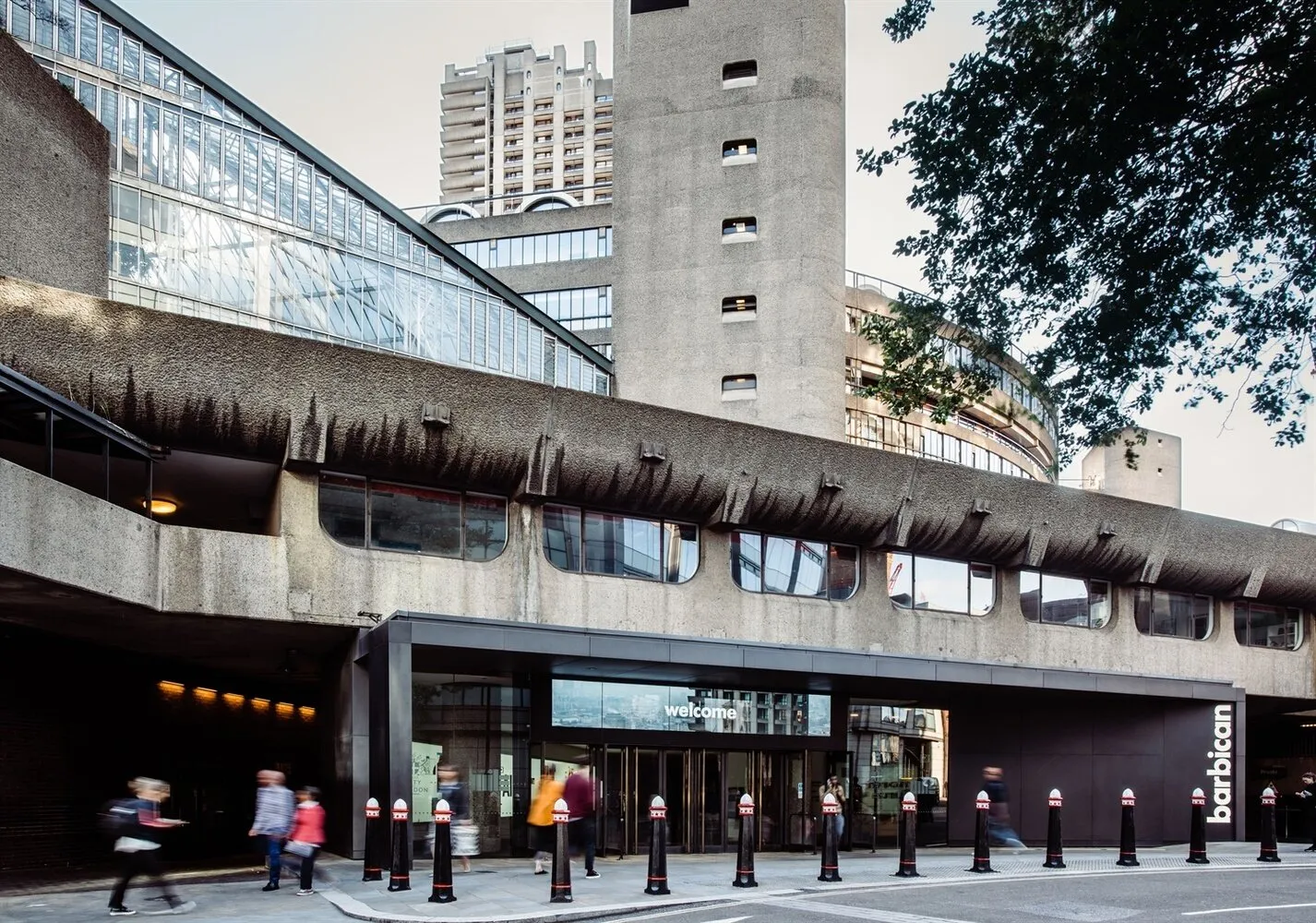 Photo: Pinterest.com
Photo: Pinterest.com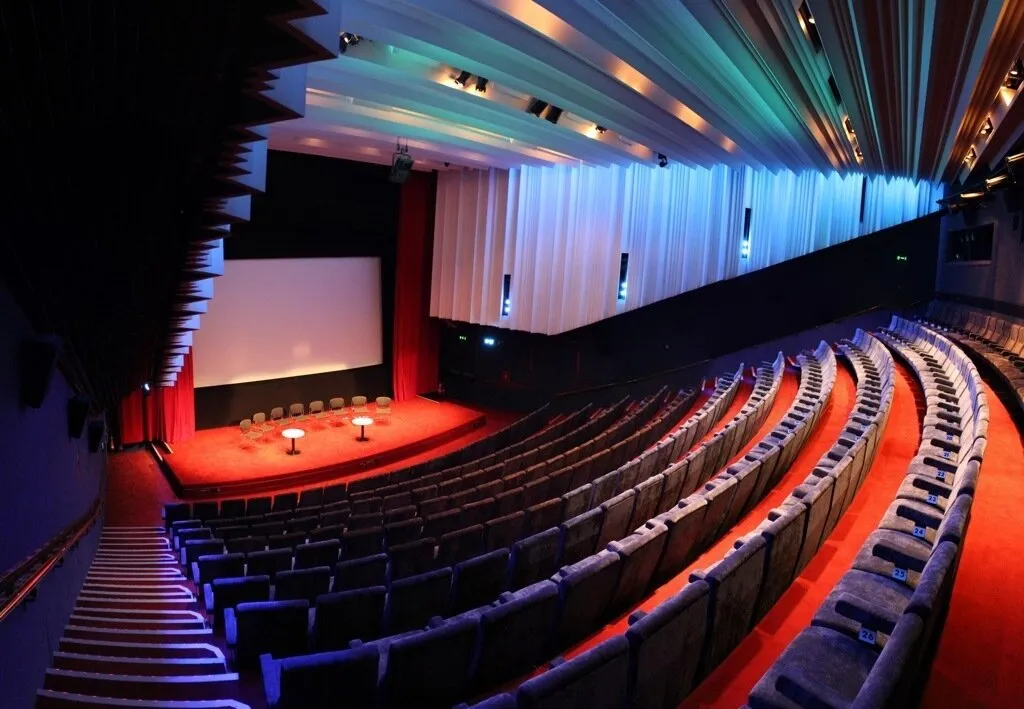 Photo: Pinterest.com
Photo: Pinterest.com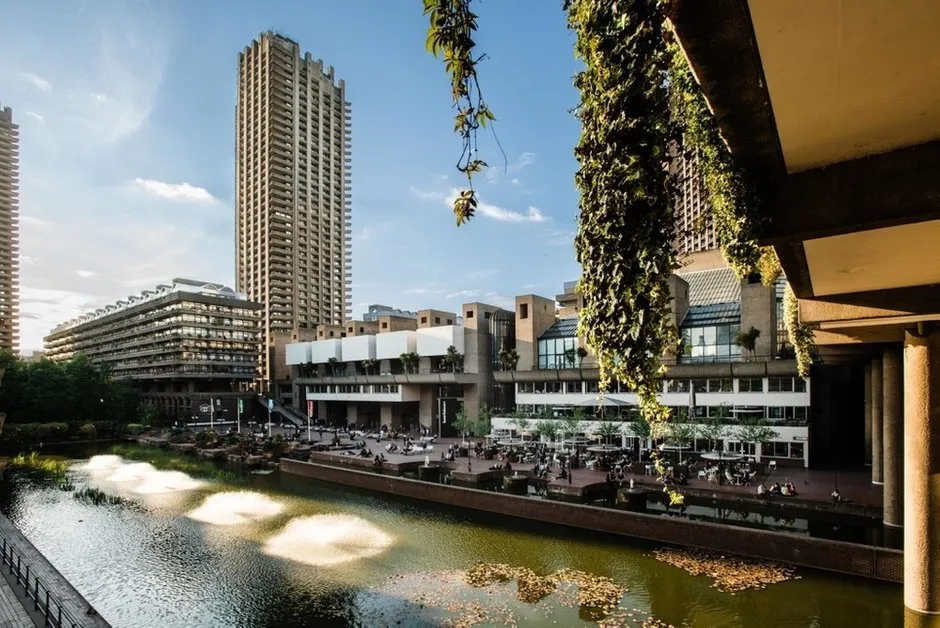 Photo: Pinterest.com
Photo: Pinterest.comCover: cundall.com
More articles:
 5 beautiful design ideas inspired by classic two-room apartments
5 beautiful design ideas inspired by classic two-room apartments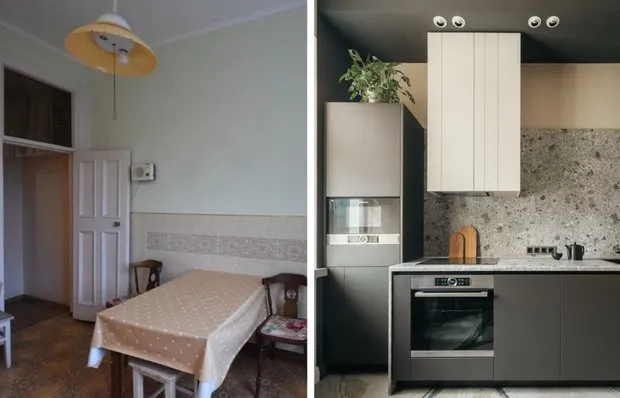 Before and After: How Beautifully They Transformed the Kitchen in a Stalin-era Apartment
Before and After: How Beautifully They Transformed the Kitchen in a Stalin-era Apartment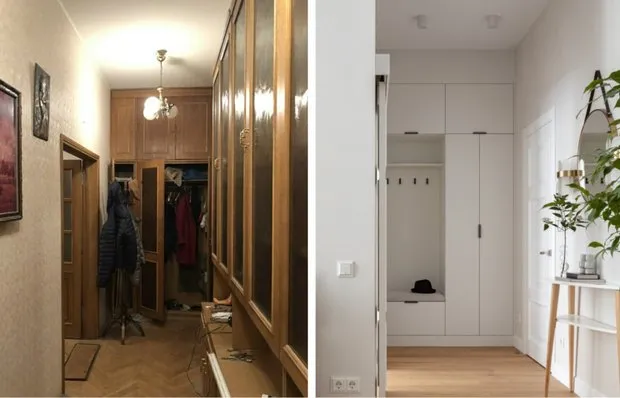 Before and After: A Bright Living Room in a 2-Bedroom Apartment Transformed Beyond Recognition
Before and After: A Bright Living Room in a 2-Bedroom Apartment Transformed Beyond Recognition 5 Great Ideas for Storage in a Small Apartment
5 Great Ideas for Storage in a Small Apartment Longest Rivers of the Planet: Arteries of Continents
Longest Rivers of the Planet: Arteries of Continents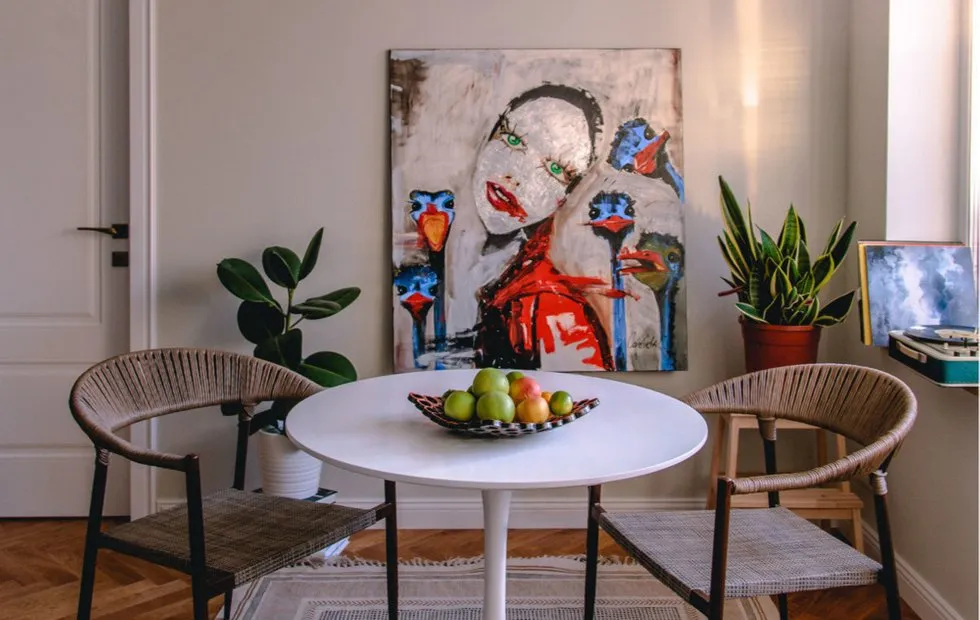 How to Transform a Khrushchyovka into Modern Living Space: A Guide for Those Tired of Crowding
How to Transform a Khrushchyovka into Modern Living Space: A Guide for Those Tired of Crowding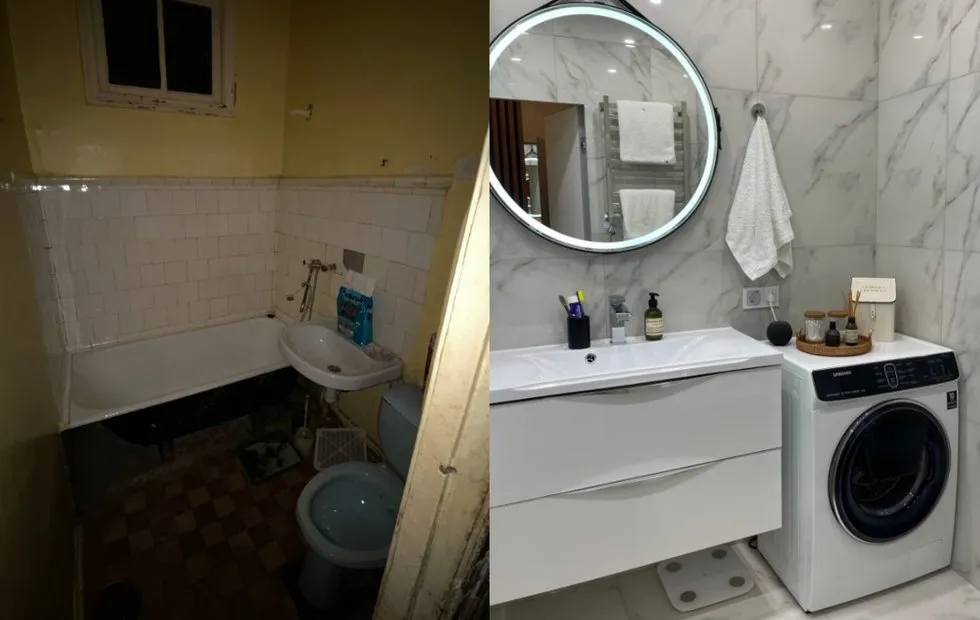 Before and After: 3 sqm Bathroom in a Khrushchyovka. Real Renovation Example
Before and After: 3 sqm Bathroom in a Khrushchyovka. Real Renovation Example Before and After: Stunning Transformation of a 51 sqm Stalin-era 2-Room Apartment
Before and After: Stunning Transformation of a 51 sqm Stalin-era 2-Room Apartment